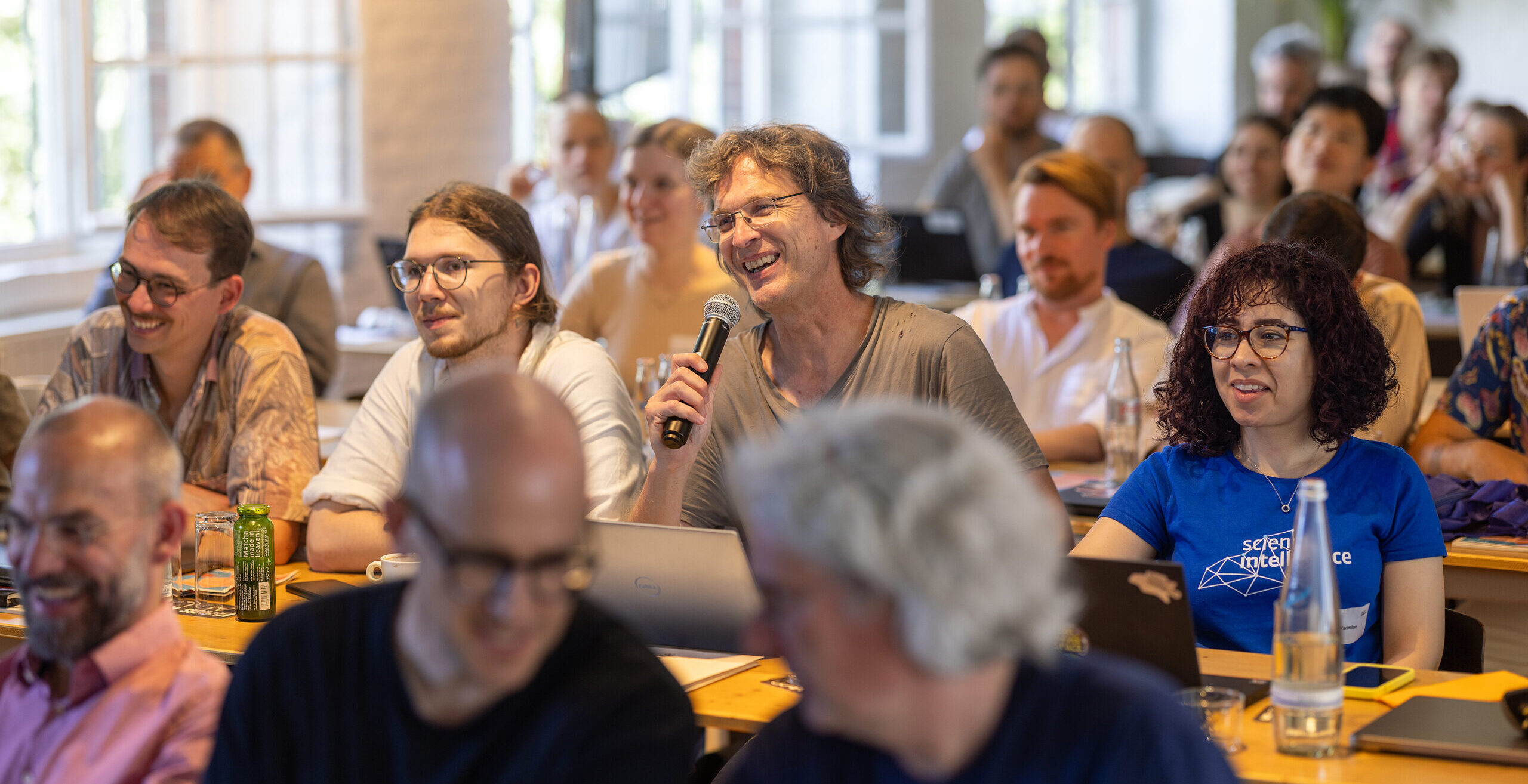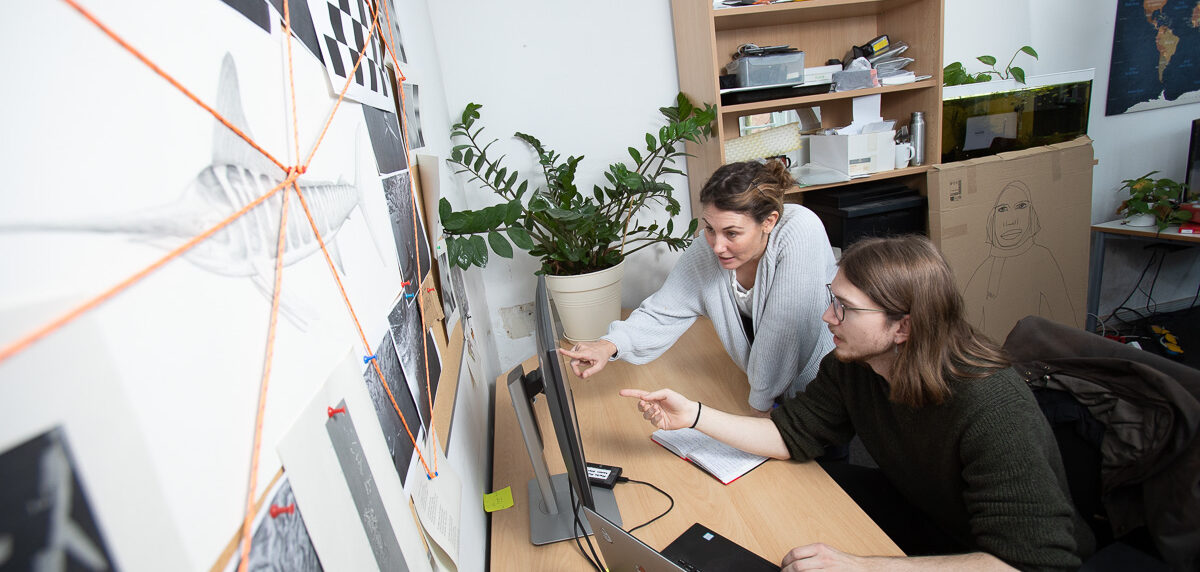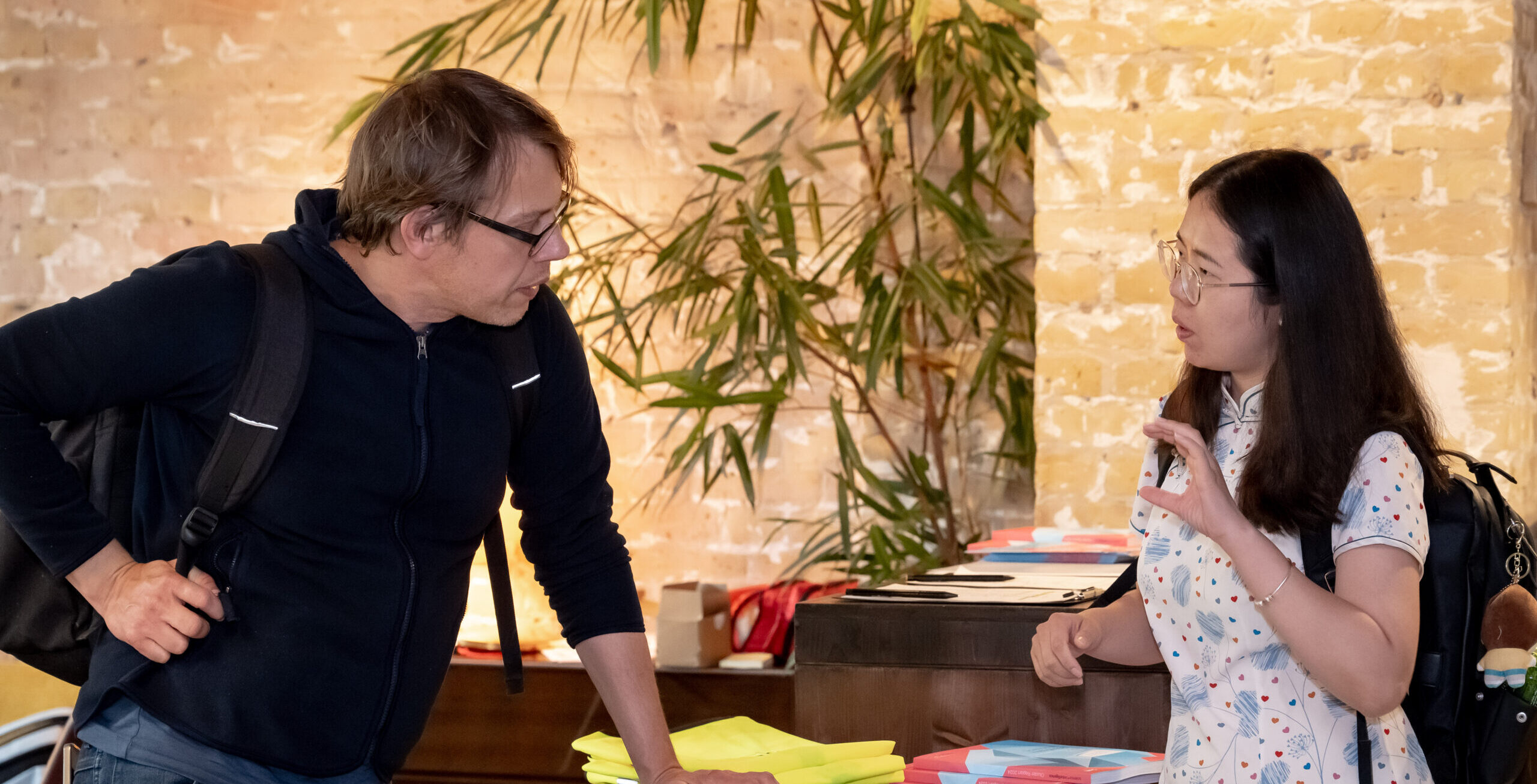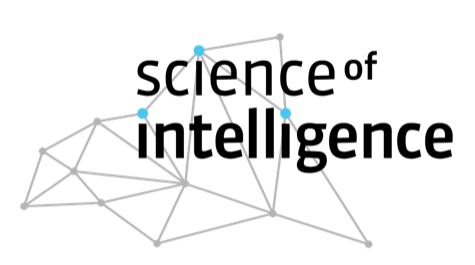Cracking the black box: SCIoI’s Jens Krause on what it really takes to work across disciplines
When Science of Intelligence first began, not every conversation went smoothly. Jens Krause, SCIoI PI and behavioral biologist remembers preparing a talk on anticipation in fish. Before he could even start, a spirited debate broke out between two colleagues, carrying on until his time was gone. “At first I was frustrated,” he says, “later I realized it was a sign of how eager everyone was to connect their own perspectives.”
Moments like these showed how challenging it could be to work across disciplines, and how much there was to gain from it. Finding the right words, learning to see through someone else’s discipline lens, took patience. Yet that effort often opened new doors, exposing hidden assumptions and shedding light on the kinds of mechanisms that usually remained locked away in the black box.
That first experience was one of many. The sparks and the clashes, the misunderstandings and the breakthroughs, together they marked the road toward mutual understanding and later on to the development of candidate principles of intelligence, combining insights from twelve disciplines. For Jens, who had spent his career studying collective animal behavior, SCIoI was a chance to experience what happens when scientists themselves form a collective. It was as much about learning how to communicate as it was about the science itself.
From childhood puzzles to collective intelligence
Jens’s comfort with this kind of cross-talk began long before SCIoI. As a teenager, he was nudged into mathematics by his older brother Stefan, now a computer scientist. “Despite my obvious lack of talent, he was patient,” Jens recalls. “Later, when I studied biology, he insisted I learn computer languages and graph theory.” Those early exchanges taught him something crucial: if you want someone in another field to care about your problem, you have to reframe it so that it becomes their problem too.
That skill—translation—became central at SCIoI. “Interdisciplinarity isn’t just about explaining your work,” he says. “You have to phrase it in a way that lets others actually build on it. That often means you need to understand your own ideas more deeply than you normally would.”







